Home>Gardening & Outdoor>Landscaping Ideas>How To Put Fake Grass In Your Yard
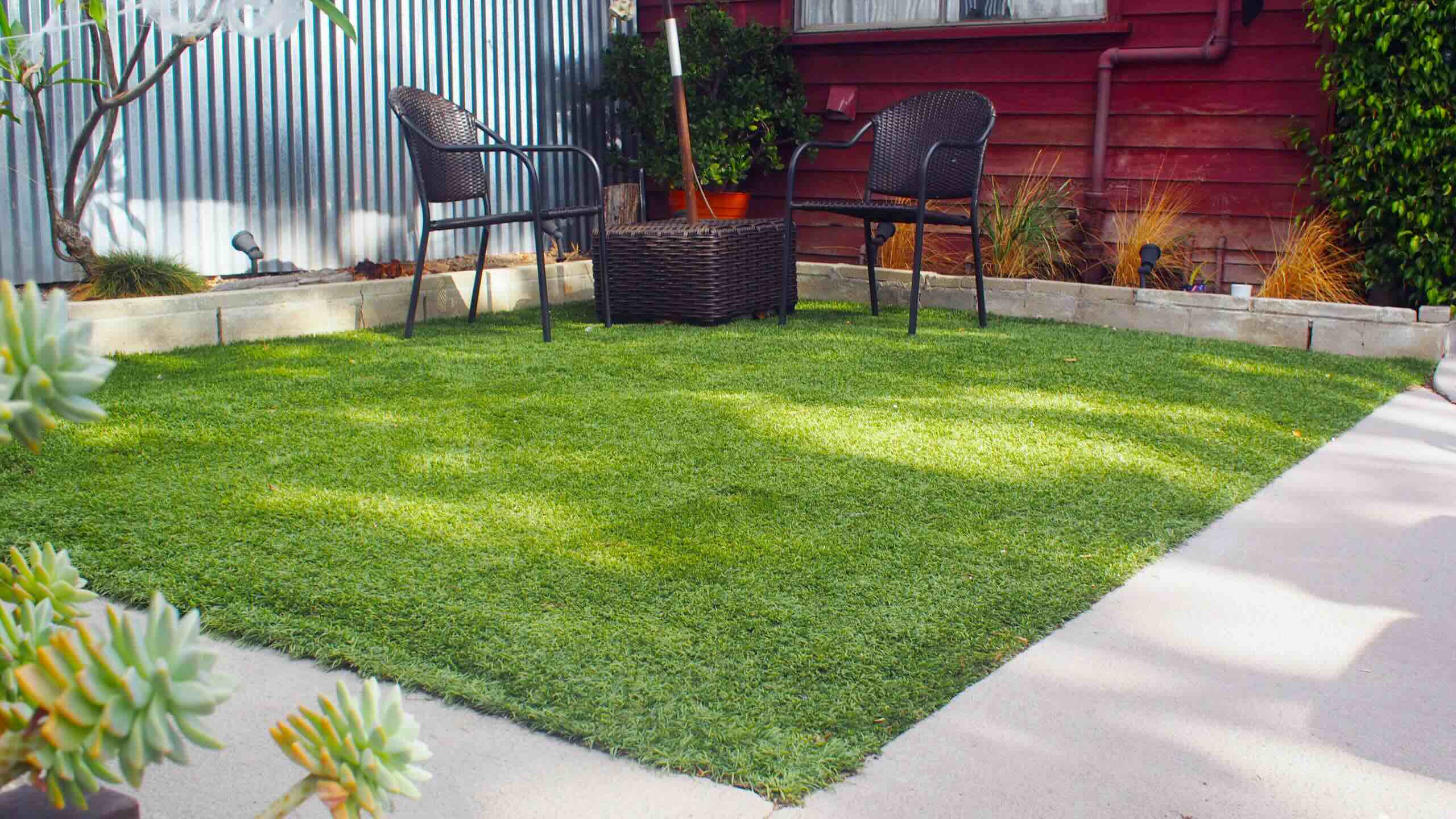

Landscaping Ideas
How To Put Fake Grass In Your Yard
Modified: March 2, 2024
Learn how to enhance your yard with landscaping ideas, including tips for putting fake grass for a low-maintenance and beautiful outdoor space. Discover the benefits of artificial turf for your landscaping project.
(Many of the links in this article redirect to a specific reviewed product. Your purchase of these products through affiliate links helps to generate commission for Storables.com, at no extra cost. Learn more)
Introduction
Welcome to the world of artificial grass! Whether you’re tired of maintaining a natural lawn or looking to revamp your outdoor space, fake grass can offer a lush, low-maintenance solution. With its realistic appearance and durability, artificial turf has become a popular choice for homeowners seeking a verdant, hassle-free yard. In this guide, we’ll walk you through the process of installing fake grass in your yard, providing step-by-step instructions and valuable tips to ensure a successful transformation.
By following these guidelines, you can create a vibrant, evergreen landscape that remains immaculate throughout the year. Say goodbye to mowing, watering, and fertilizing, and say hello to a vibrant, low-maintenance lawn that enhances the beauty of your home. Let’s dive into the details of how to put fake grass in your yard and enjoy a stunning, hassle-free outdoor space.
Key Takeaways:
- Say goodbye to the hassle of mowing, watering, and fertilizing with artificial grass. Enjoy a lush, low-maintenance yard that enhances your home’s beauty and functionality year-round.
- Transform your outdoor space into a vibrant oasis with artificial grass. Embrace the convenience and visual allure of a pristine, eco-friendly lawn that offers endless possibilities for enjoyment and leisure.
Step 1: Measure and Prepare the Area
Before diving into the installation process, it’s crucial to take accurate measurements of the area where you plan to install the artificial grass. Start by outlining the perimeter of the space, using measuring tape to determine the length and width. This step is essential for ordering the right amount of fake grass and ensuring a seamless installation.
Once you have the measurements, it’s time to prepare the area. Begin by clearing the space of any debris, rocks, or existing vegetation. Use a shovel or turf cutter to remove the top layer of soil, ensuring a smooth and even surface for the artificial turf. If there are any dips or uneven areas, consider using a layer of compacted crushed rock to create a level base.
After clearing and leveling the area, it’s advisable to install a weed barrier to prevent any unwanted growth from underneath the artificial grass. This will help maintain the pristine appearance of your lawn while minimizing maintenance requirements. Additionally, consider installing a drainage system if the area is prone to water buildup, ensuring proper water runoff and a long-lasting artificial grass installation.
By meticulously measuring and preparing the area, you set the stage for a successful fake grass installation. Taking the time to lay a solid foundation will contribute to the longevity and visual appeal of your artificial lawn, providing a beautiful and functional outdoor space for years to come.
Step 2: Install the Base
With the area prepared, it’s time to create a stable and resilient base for your artificial grass. One of the most common methods for establishing a solid foundation is to lay a base of crushed rock or decomposed granite. This material provides excellent drainage and stability for the fake grass, ensuring a long-lasting and visually appealing installation.
Begin by spreading a layer of crushed rock over the prepared area, aiming for a depth of around 2-3 inches. Use a landscaping rake to distribute the material evenly, compacting it with a plate compactor to create a firm, level surface. This process is crucial for preventing the formation of dips or uneven areas beneath the artificial turf, which could compromise its appearance and performance over time.
After compacting the base layer, it’s beneficial to add a thin layer of finely crushed rock or sharp sand on top. This step further enhances the stability and smoothness of the base, providing a solid substrate for the artificial grass to rest upon. Once again, use the landscaping rake to ensure an even distribution of the material, creating a uniform surface for the subsequent installation of the fake grass.
By meticulously installing a stable base, you lay the groundwork for a flawless and enduring artificial grass lawn. The attention to detail in this step contributes to the overall quality and longevity of the installation, ensuring that your synthetic turf remains pristine and visually appealing for years to come.
Step 3: Lay the Artificial Grass
With the meticulously prepared base in place, it’s time to lay down the artificial grass and bring your vision to life. Start by unrolling the fake grass across the prepared area, ensuring that the grain of the turf faces the same direction for a consistent and natural appearance. Take care to position the grass in such a way that minimizes the number of seams, creating a seamless and visually appealing surface.
Once the artificial grass is in position, use a sharp utility knife to trim any excess material, ensuring a precise fit along the edges and around obstacles such as trees, flower beds, or pathways. Paying attention to these details will result in a polished and professional-looking installation, elevating the overall aesthetic of your outdoor space.
After trimming the turf to the desired shape and size, it’s time to secure it in place. Begin by anchoring the edges of the artificial grass with galvanized nails or landscape staples, spacing them approximately 6-8 inches apart along the perimeter. This step ensures that the turf remains firmly in place, especially in areas prone to strong winds or heavy foot traffic.
As you progress, be mindful of any seams where multiple sections of artificial grass meet. To ensure a seamless appearance, use high-quality seam tape and adhesive to join the sections securely. Properly executed seams are crucial for achieving a natural and uniform look, enhancing the overall realism of your artificial grass lawn.
By meticulously laying the artificial grass and attending to the details, you bring your vision of a vibrant, low-maintenance lawn to fruition. The care and precision applied during this step contribute to the seamless and natural appearance of your synthetic turf, creating an inviting and enduring outdoor oasis.
When installing fake grass in your yard, make sure to properly prepare the area by removing existing grass and weeds, leveling the ground, and adding a layer of compacted base material for proper drainage and stability.
Step 4: Secure the Edges
Once the artificial grass is in place, it’s crucial to secure the edges to ensure a stable and polished installation. Start by carefully tucking the edges of the turf against the borders of your lawn, ensuring a snug and seamless fit. This step is essential for creating a tidy and professional-looking finish, enhancing the overall appearance of your artificial grass lawn.
To secure the edges effectively, use landscape spikes or nails to anchor the perimeter of the artificial turf. Space the spikes approximately 6-8 inches apart, driving them into the base material while keeping the edges taut. This process prevents the turf from shifting or becoming dislodged, especially in areas exposed to strong winds or heavy use.
As you secure the edges, pay special attention to corners and curves, ensuring that the artificial grass maintains a smooth and natural-looking contour. Use additional spikes or nails as needed to maintain the desired shape and prevent any lifting or shifting along the edges. This meticulous approach contributes to the overall stability and visual appeal of your synthetic turf installation.
For added reinforcement, consider applying a bead of exterior adhesive along the edges of the artificial grass, further securing it to the base material. This extra measure helps prevent the edges from lifting over time, maintaining a consistently pristine appearance and prolonging the lifespan of your artificial grass lawn.
By diligently securing the edges of the artificial grass, you ensure a professional and enduring installation that enhances the beauty and functionality of your outdoor space. The attention to detail in this step contributes to the overall stability and visual appeal of your synthetic turf, creating a welcoming and low-maintenance environment for leisure and relaxation.
Step 5: Add Infill (Optional)
Adding infill to your artificial grass is an optional but beneficial step that can enhance the performance and longevity of your synthetic turf. Infill is a granular material that is brushed into the surface of the artificial grass, providing stability, support, and resilience to the blades. While some artificial grass products are designed to be infill-free, incorporating this material can offer several advantages.
One of the primary benefits of infill is its ability to weigh down the artificial turf, preventing it from shifting or wrinkling over time. This is particularly advantageous in areas exposed to heavy foot traffic or inclement weather, as the infill helps maintain the integrity and appearance of the synthetic lawn. Additionally, infill contributes to the overall stability of the turf, creating a firm and comfortable surface for various activities and recreational use.
Another advantage of infill is its role in supporting the blades of the artificial grass, helping them maintain an upright position and a natural appearance. This can significantly enhance the realism of your synthetic turf, creating a lifelike and inviting outdoor space that mimics the lushness of natural grass without the maintenance requirements.
When selecting infill for your artificial grass, consider options such as silica sand, rubber granules, or a combination of materials tailored to your specific needs and preferences. Once the infill is applied, use a power broom or a stiff brush to work it into the turf, ensuring even distribution and a uniform appearance across the entire surface.
By adding infill to your artificial grass, you can optimize its performance, durability, and visual appeal, creating a resilient and natural-looking lawn that enhances your outdoor living experience. While optional, this step offers valuable benefits that contribute to the overall quality and longevity of your synthetic turf installation.
Conclusion
Congratulations on completing the installation of your artificial grass! By following the steps outlined in this guide, you’ve transformed your outdoor space into a vibrant and low-maintenance oasis that will enhance the beauty and functionality of your home. The meticulous preparation, precise installation, and optional infill application have culminated in a stunning artificial grass lawn that requires minimal upkeep while offering year-round appeal.
With its realistic appearance and durable nature, artificial grass provides a versatile solution for creating a lush and inviting outdoor environment. Say goodbye to the demands of mowing, watering, and fertilizing, and embrace the convenience and visual allure of a pristine synthetic turf lawn. Whether used for leisure, recreation, or simply enjoying the beauty of nature, your artificial grass installation promises to be a valuable and enduring addition to your home.
As you revel in the beauty and functionality of your new artificial grass lawn, consider the myriad ways in which it enhances your outdoor lifestyle. From providing a safe and comfortable play area for children and pets to serving as a picturesque backdrop for outdoor gatherings and relaxation, your synthetic turf offers endless possibilities for enjoyment and leisure.
Furthermore, the eco-friendly and water-saving attributes of artificial grass contribute to a sustainable and environmentally conscious landscape, reducing water consumption and the need for harmful pesticides and fertilizers. This not only benefits the environment but also provides long-term cost savings and peace of mind, making artificial grass a practical and eco-conscious choice for modern homeowners.
By embarking on the journey of installing artificial grass in your yard, you’ve embraced a transformative landscaping solution that elevates the aesthetics and functionality of your outdoor space. With its enduring beauty, low-maintenance requirements, and versatile applications, artificial grass stands as a testament to innovation and practicality in modern landscaping.
As you savor the beauty and convenience of your artificial grass lawn, take pride in the meticulous effort and attention to detail that have resulted in a stunning and enduring outdoor oasis. Your synthetic turf installation is a testament to your commitment to creating a vibrant and sustainable home environment, where beauty and practicality harmoniously converge to enrich your lifestyle.
Frequently Asked Questions about How To Put Fake Grass In Your Yard
Was this page helpful?
At Storables.com, we guarantee accurate and reliable information. Our content, validated by Expert Board Contributors, is crafted following stringent Editorial Policies. We're committed to providing you with well-researched, expert-backed insights for all your informational needs.



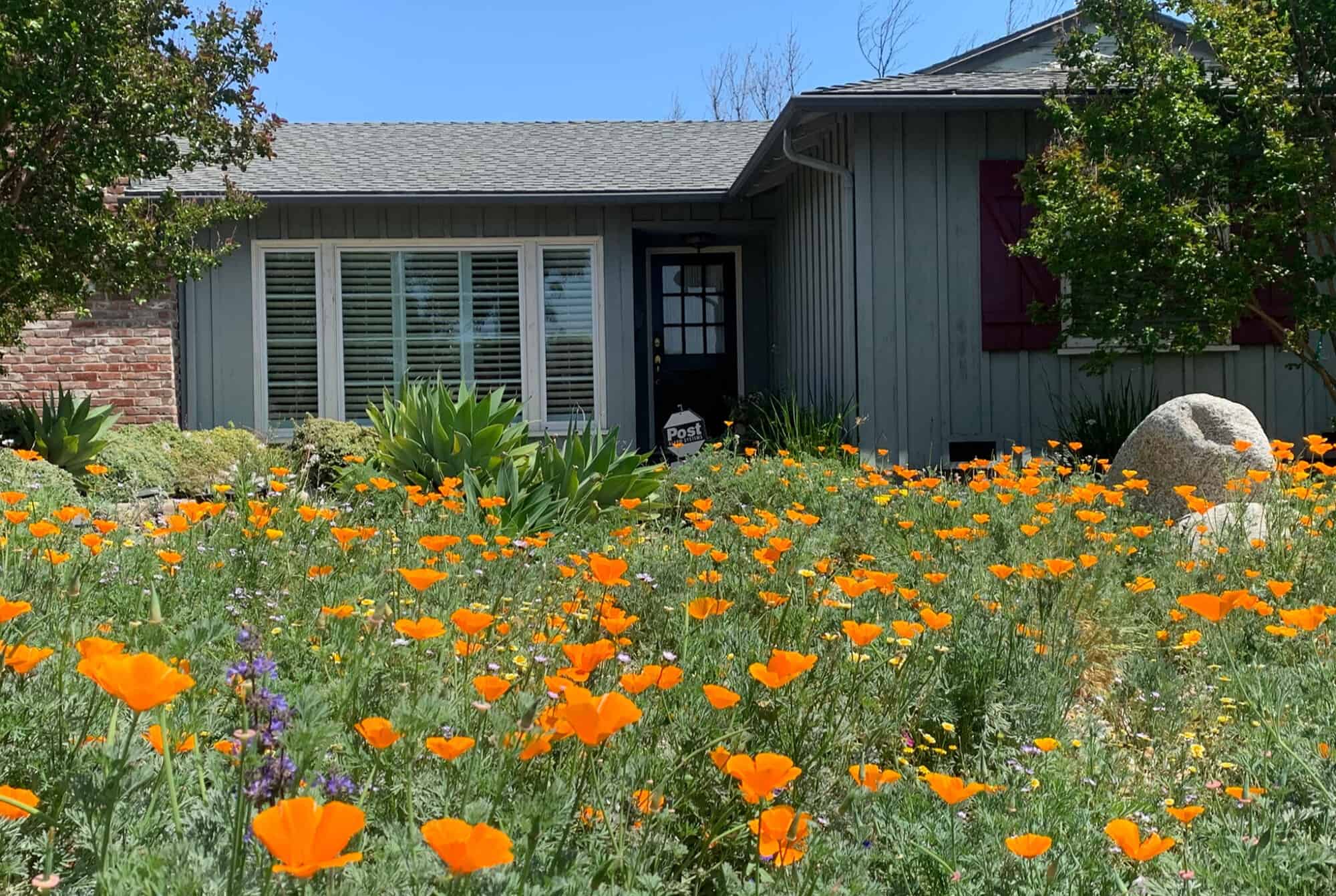
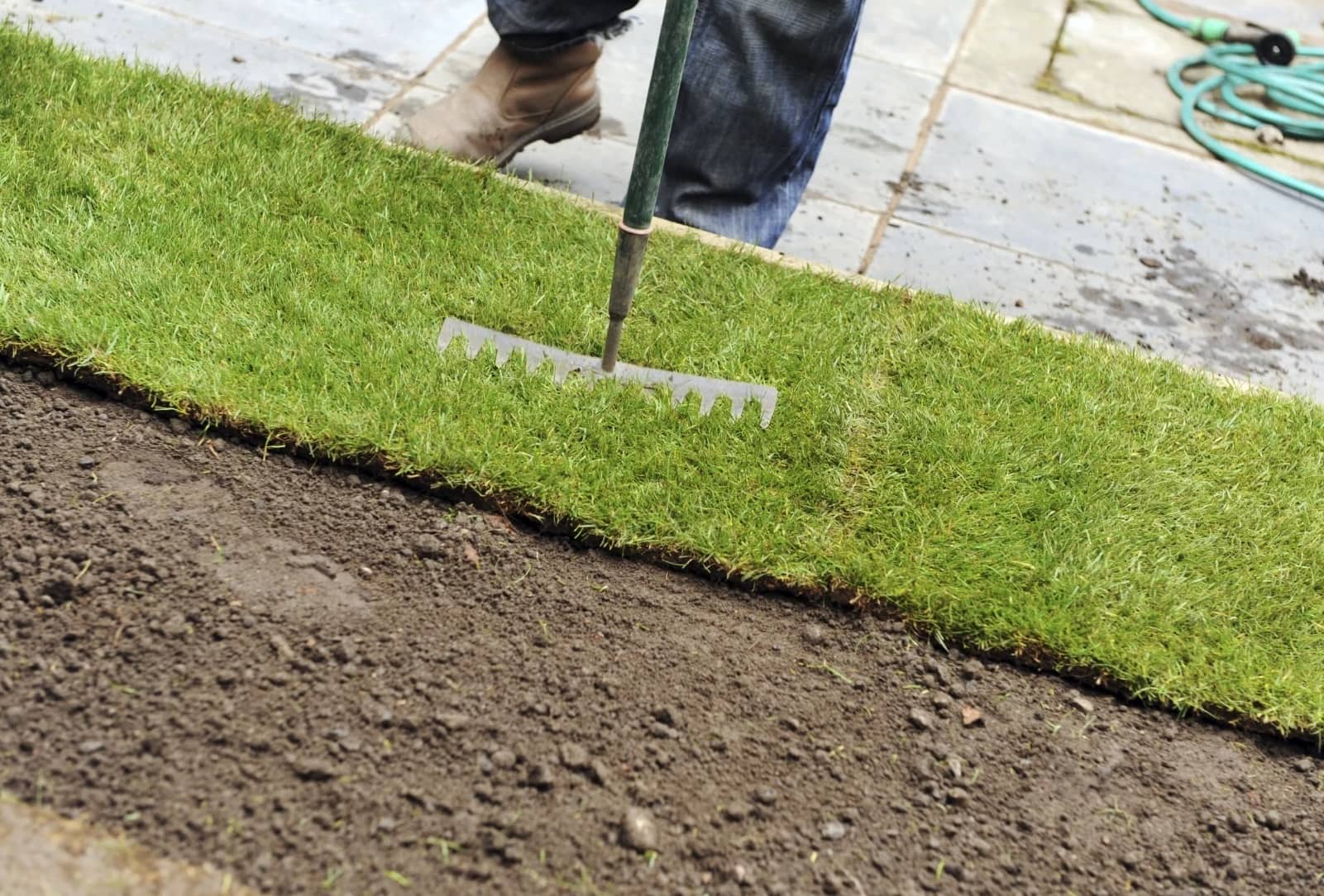
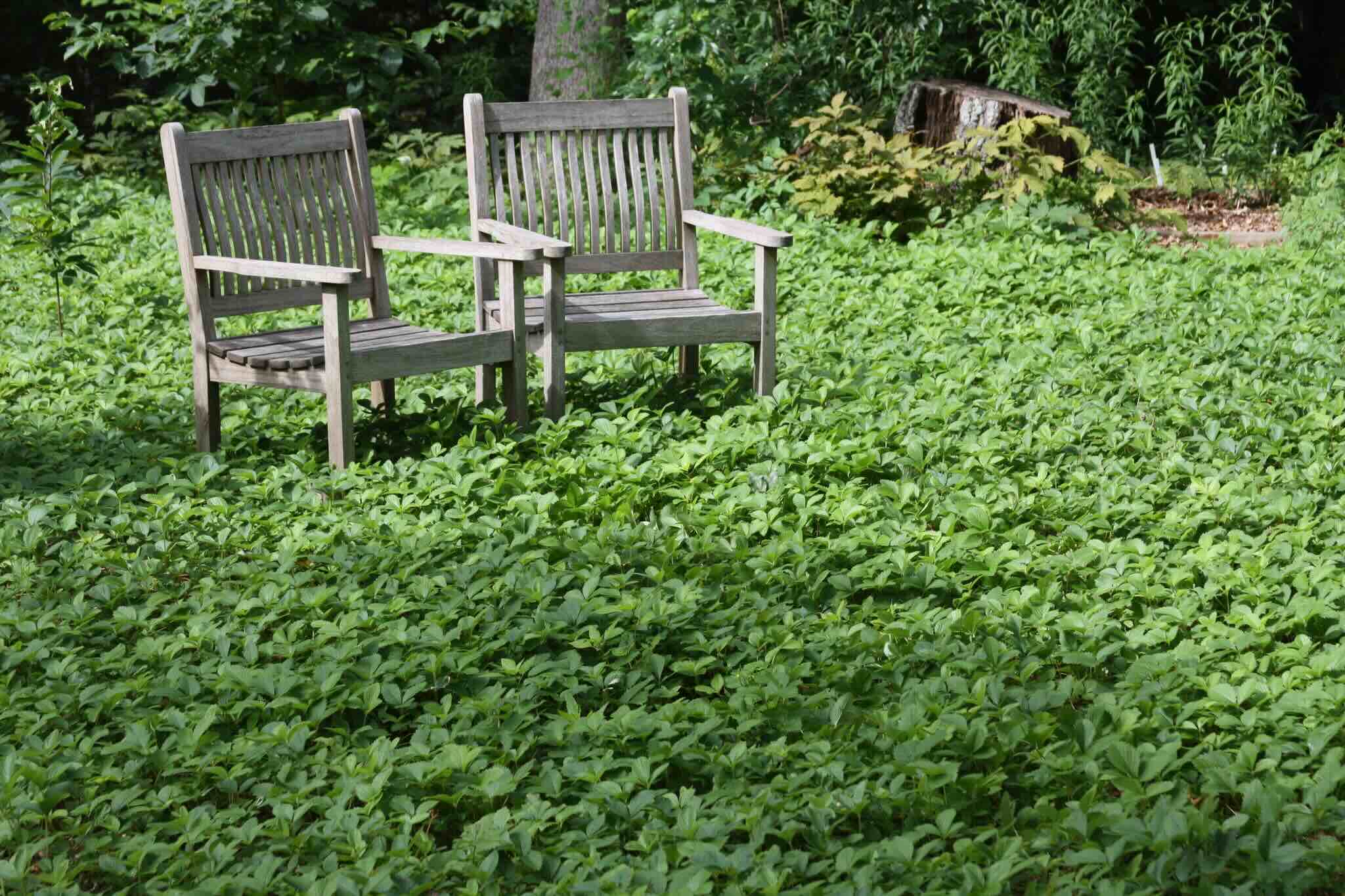
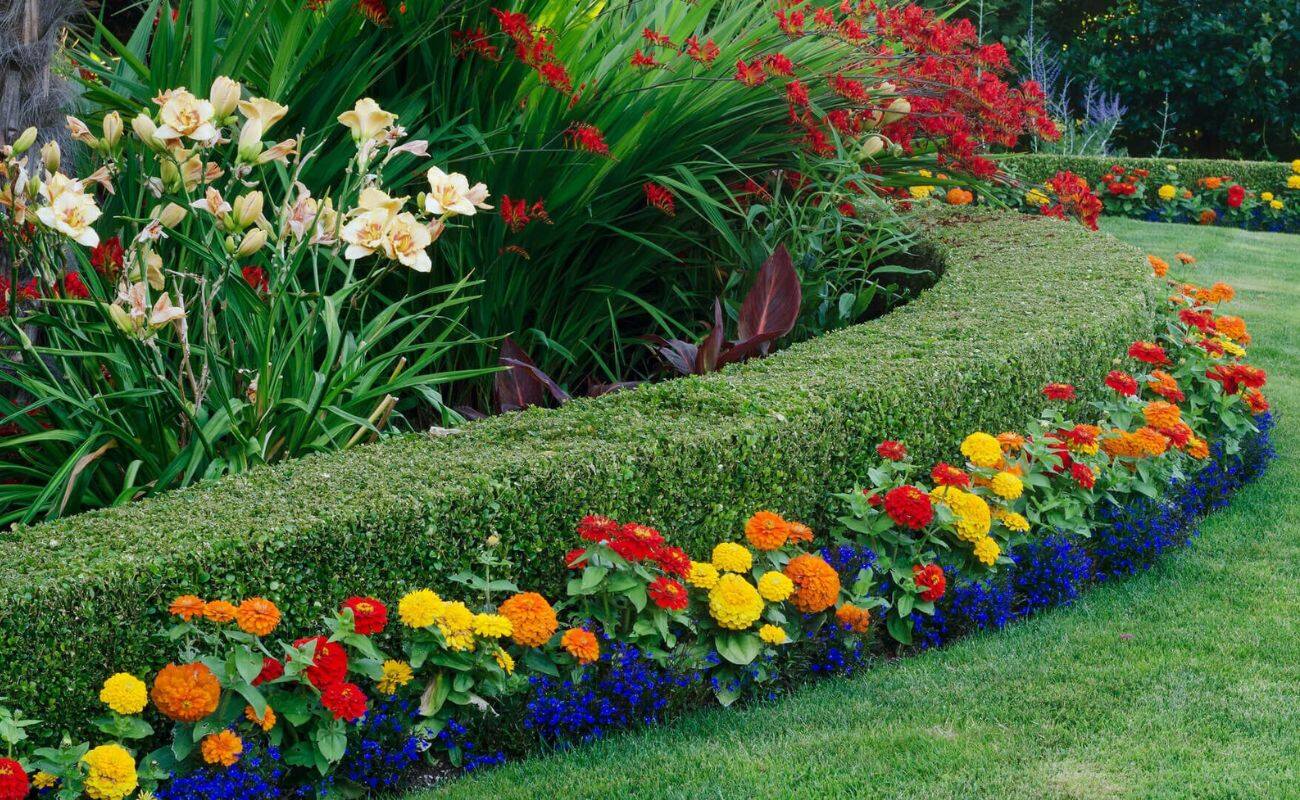
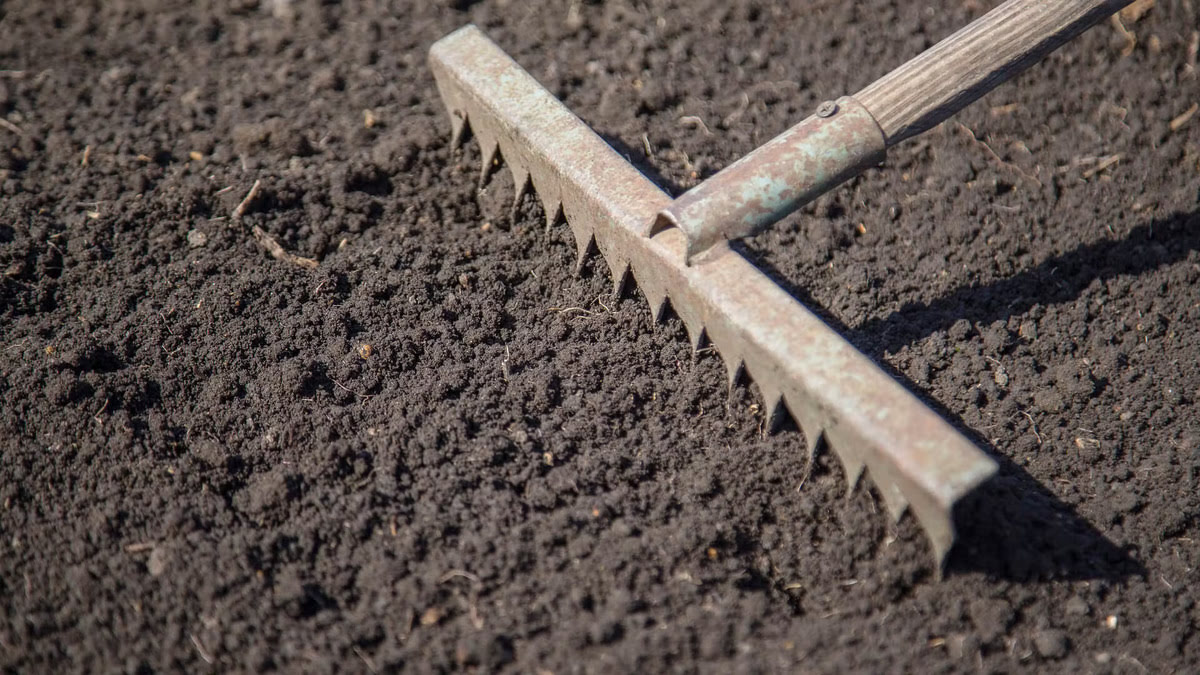
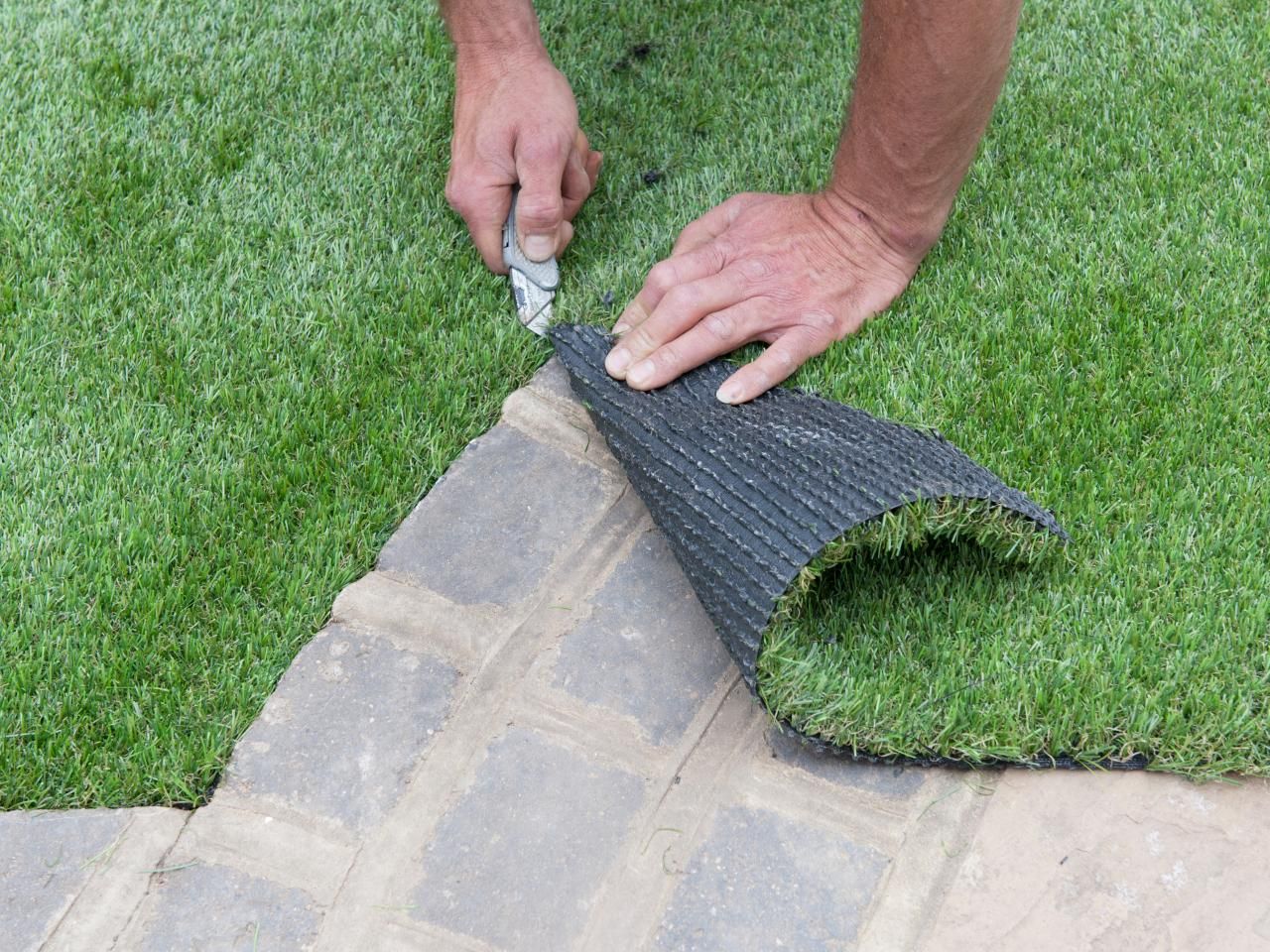
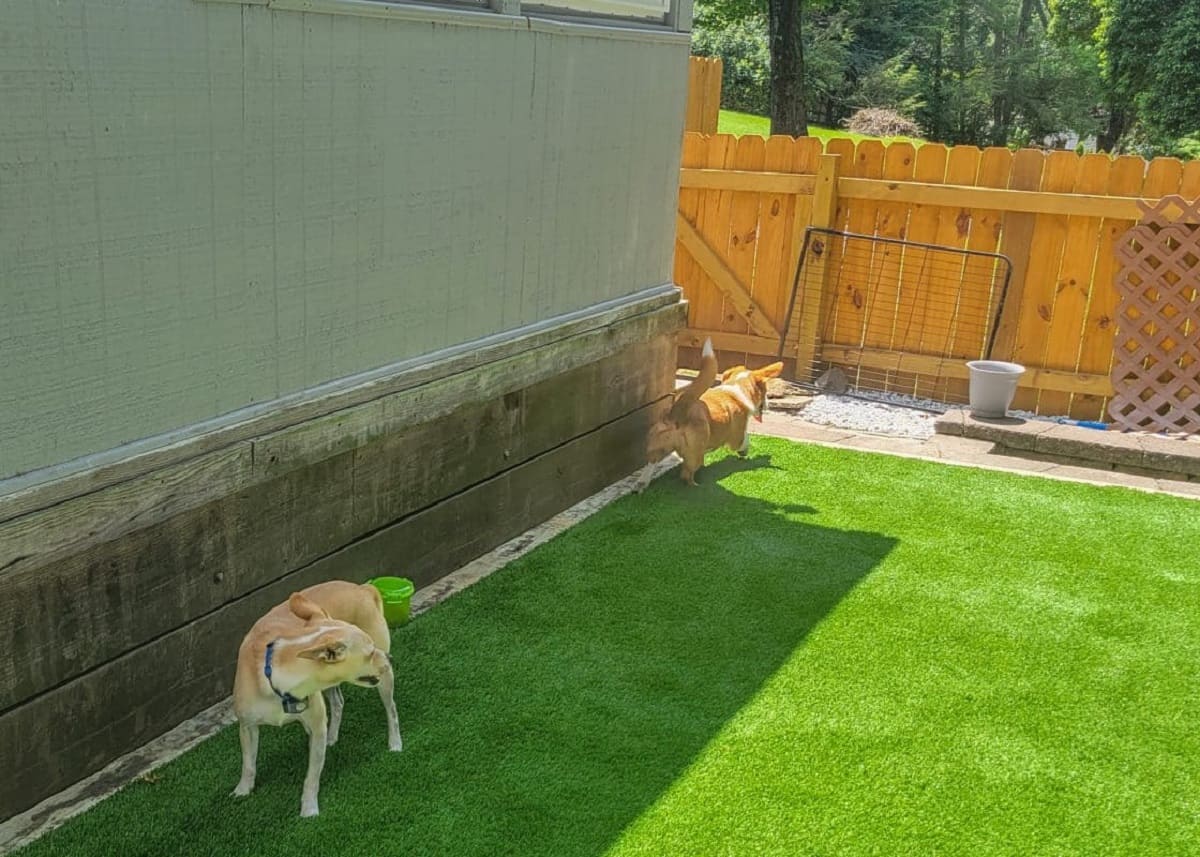
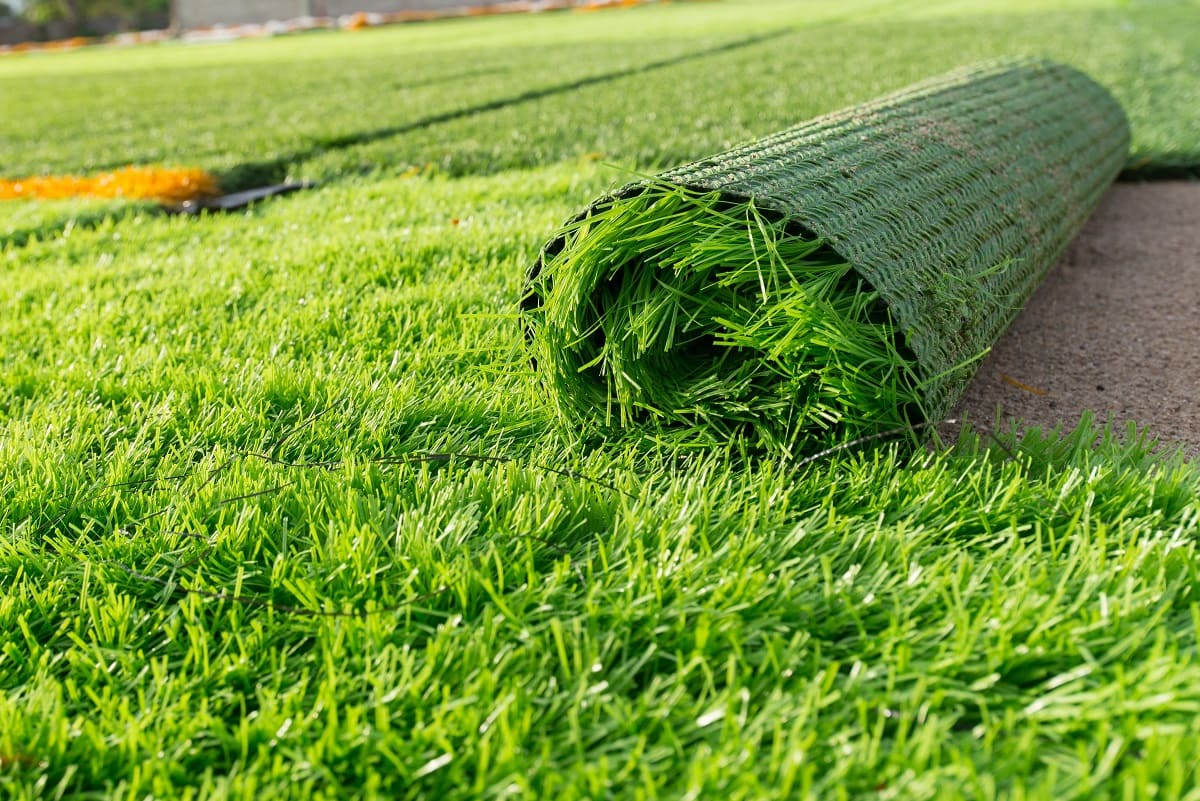
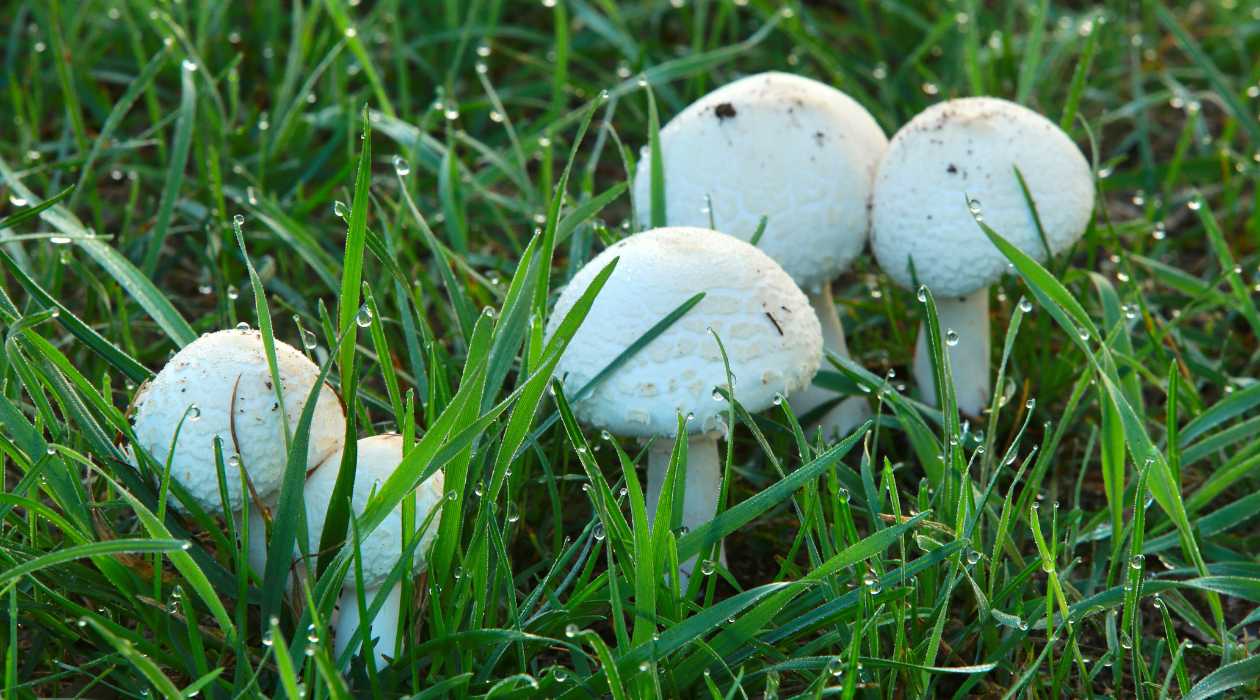
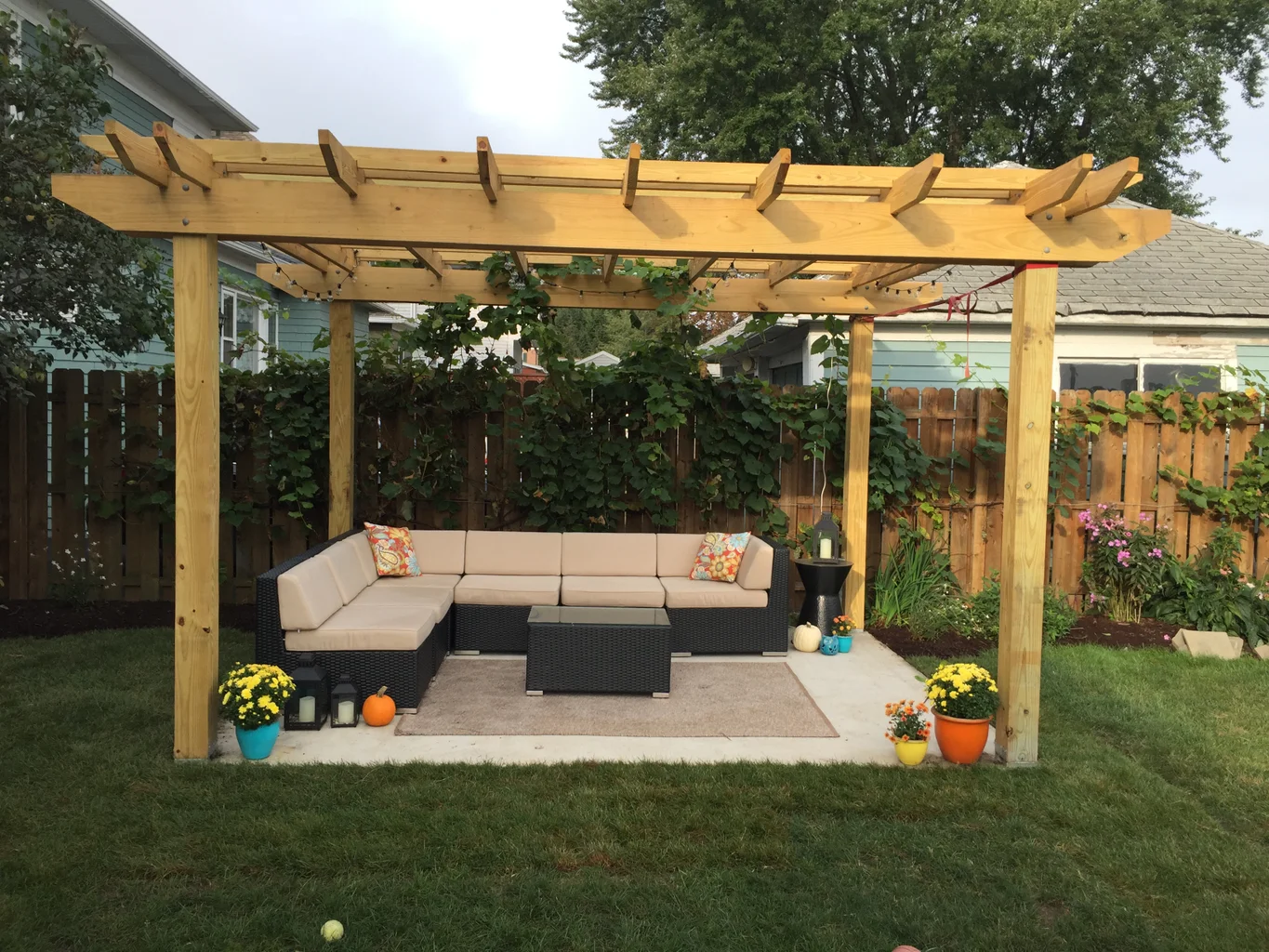
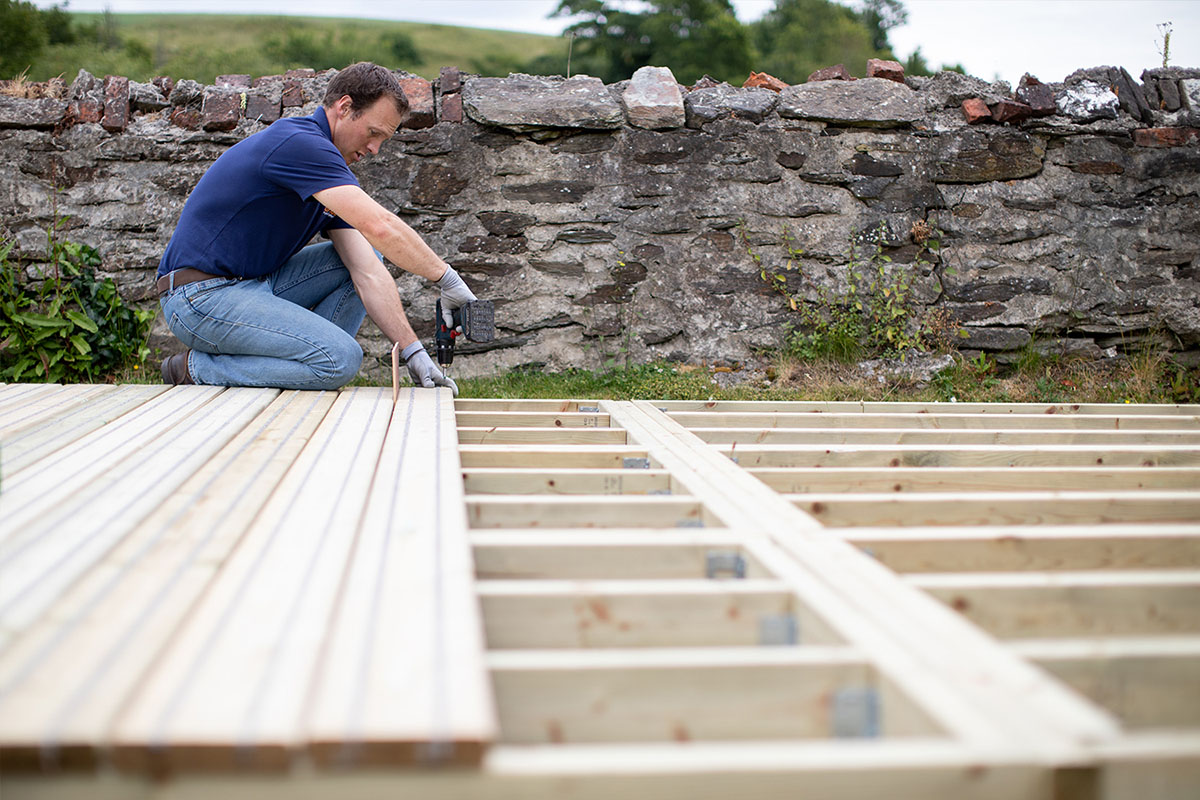

0 thoughts on “How To Put Fake Grass In Your Yard”